The Future of Workspace Design: Blending Physical and Virtual Environments
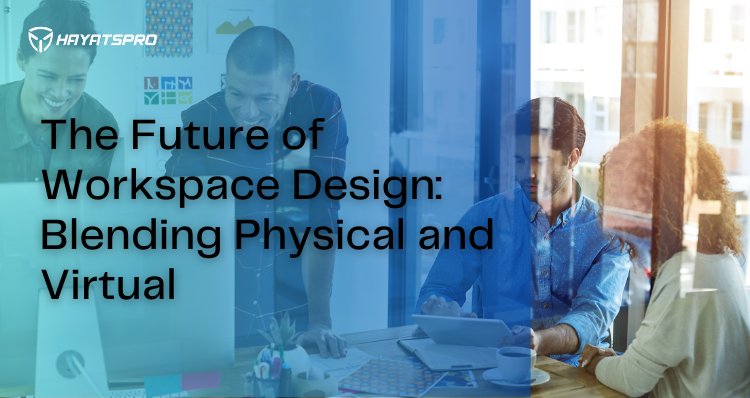
Introduction:
The future of workspace design is a hot topic in today's ever-changing world of work. With the rapid development of technology and the ongoing effects of the COVID-19 pandemic, it's clear that the way we work and collaborate has changed dramatically. This blog post will delve into the concept of blending physical and virtual environments in the workplace, and how this fusion will shape the future of workspace design.
Section 1: The Shift to Hybrid Work Models
1.1 The Impact of the Pandemic
The COVID-19 pandemic has undeniably transformed the way we work. As millions of people around the world were forced to adapt to remote work, companies discovered the benefits of a flexible, decentralized workforce. This has led to a shift in priorities for workspace design, with a focus on hybrid work models that combine the best of both worlds.
1.2 The Advantages of Hybrid Workspaces
Section 2: Design Principles for the Future of Workspaces
2.1 Agile and Adaptable Spaces
To accommodate the diverse needs of a hybrid workforce, workspace design must prioritize adaptability. Spaces should be easily reconfigured to support different work modalities, from quiet focus to collaborative brainstorming sessions. This can be achieved through modular furniture, movable walls, and easily accessible technology.
2.2 Integrating Technology Seamlessly
2.3 Prioritizing Wellbeing and Sustainability
Section 3: The Role of Virtual Reality and Augmented Reality in Workspace Design
3.1 Immersive Collaboration
Virtual reality (VR) and augmented reality (AR) have the potential to revolutionize the way we collaborate in the workplace. By creating immersive, 3D environments, these technologies can help bridge the gap between remote and in-person workers, fostering a greater sense of connection and collaboration.


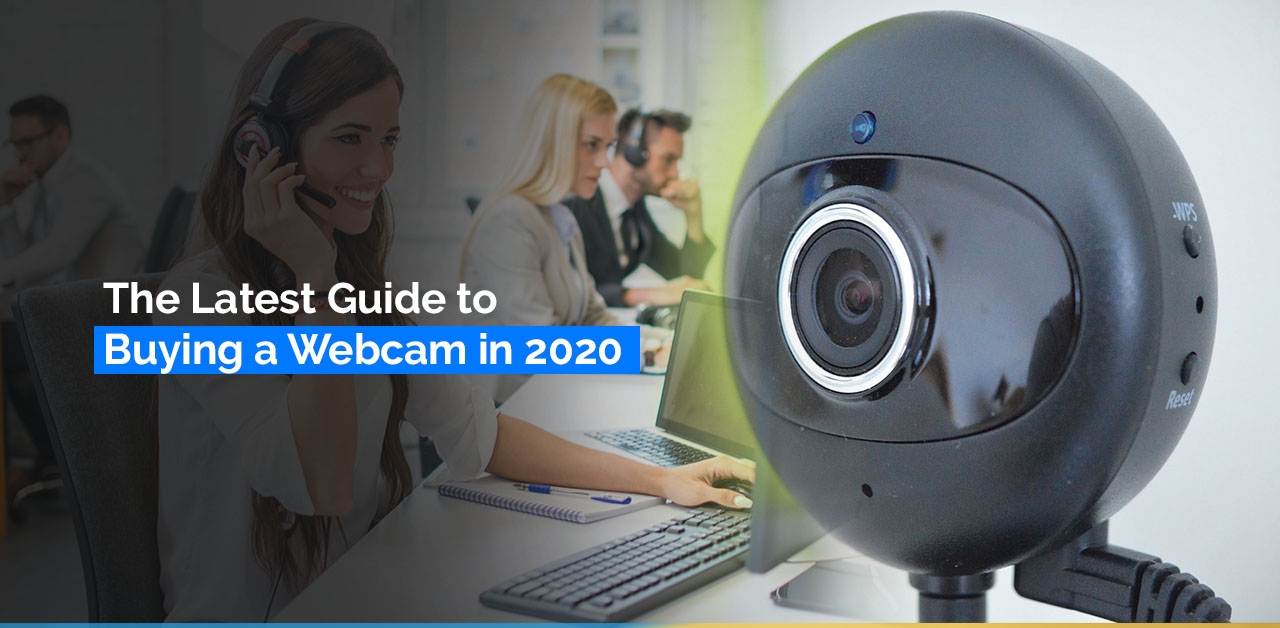


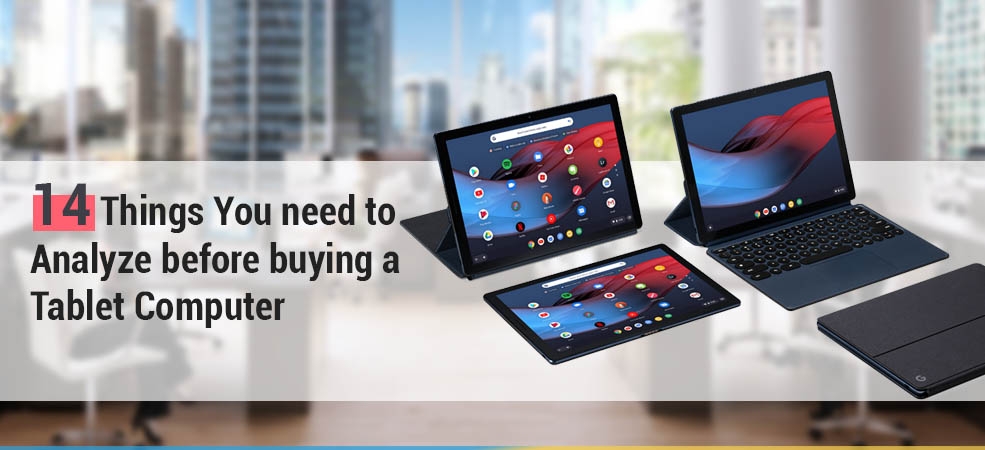
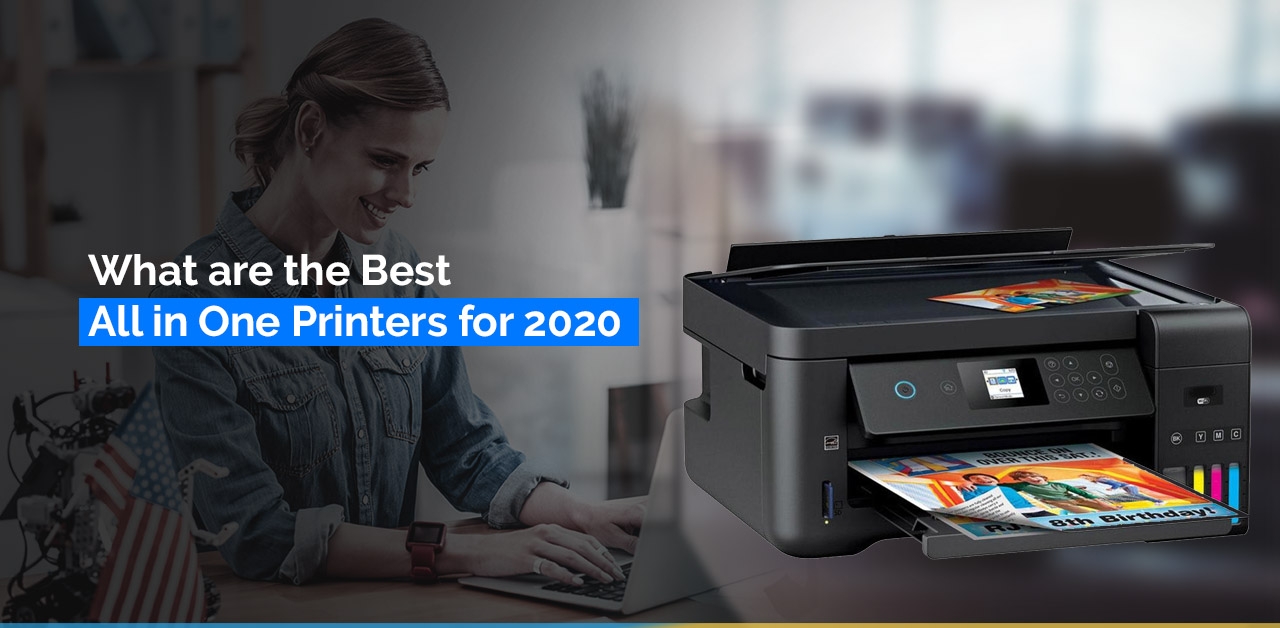
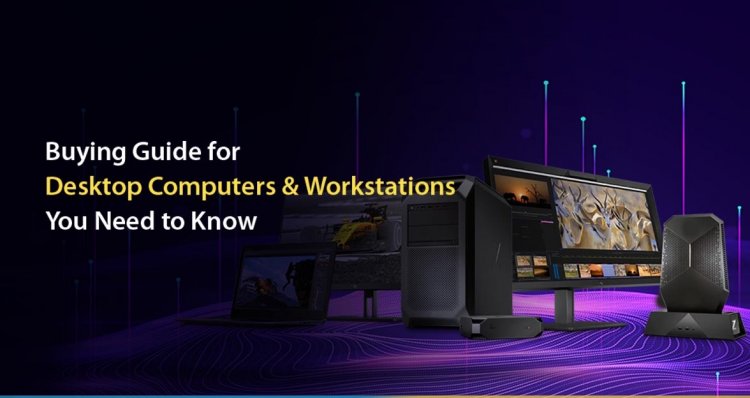





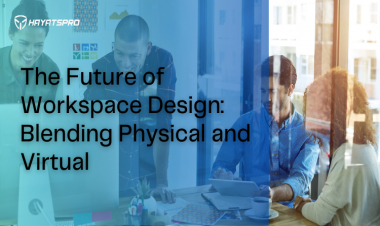
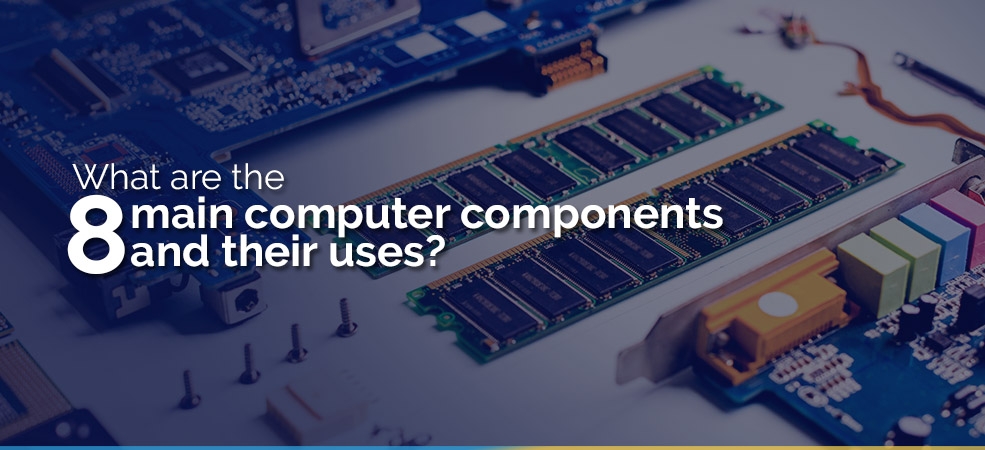



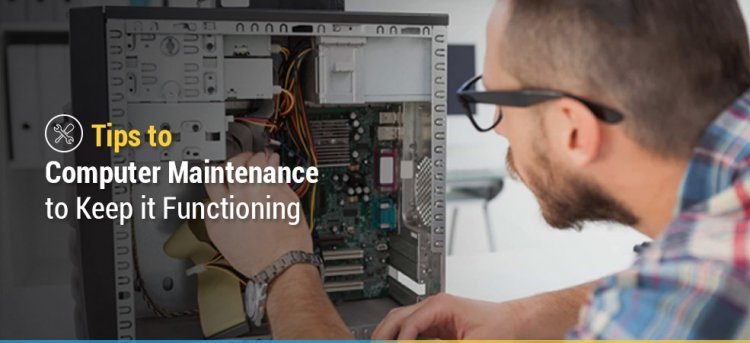



Comments (0)